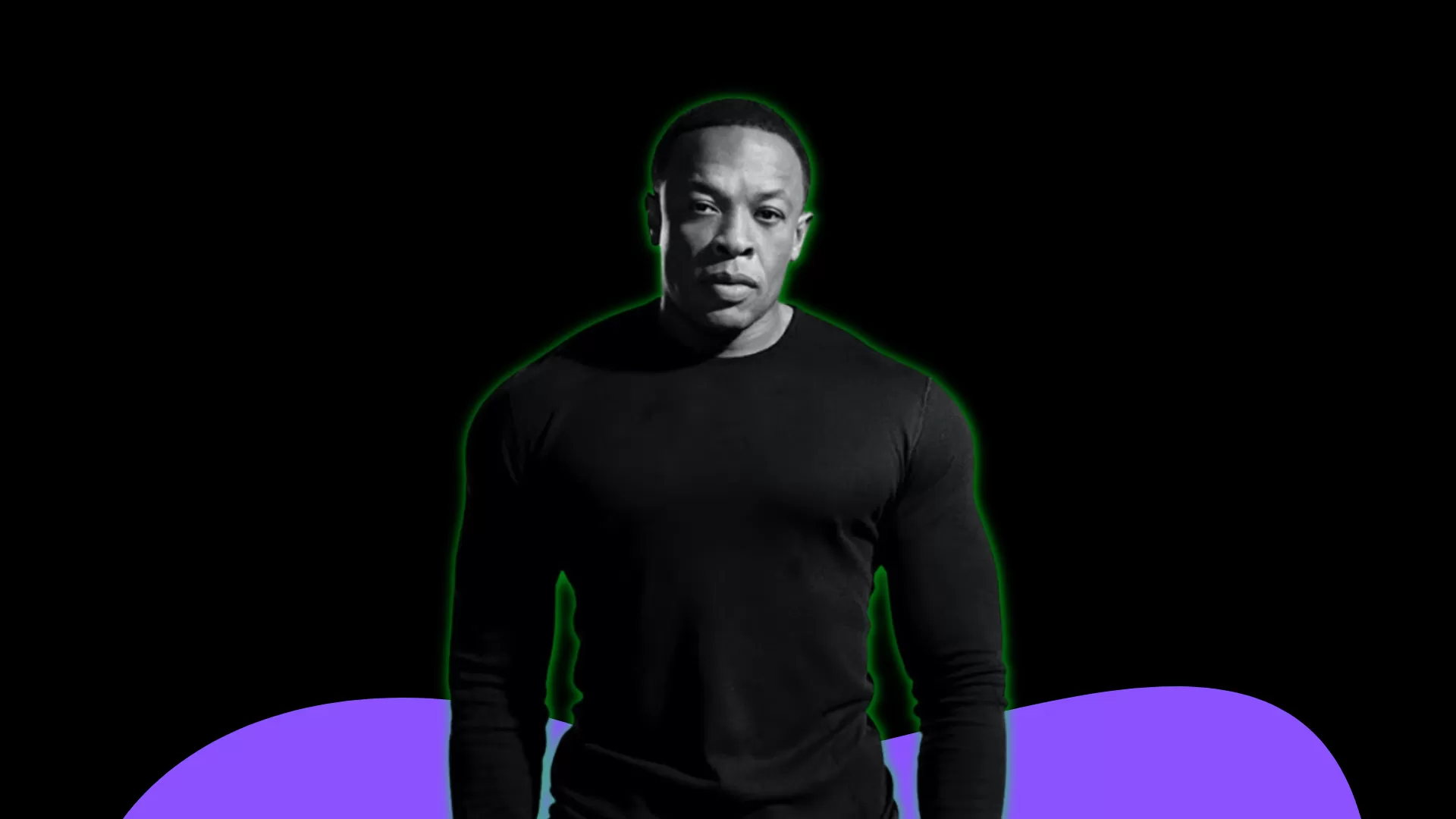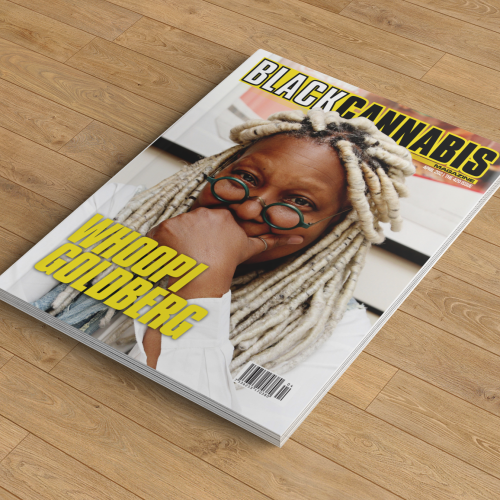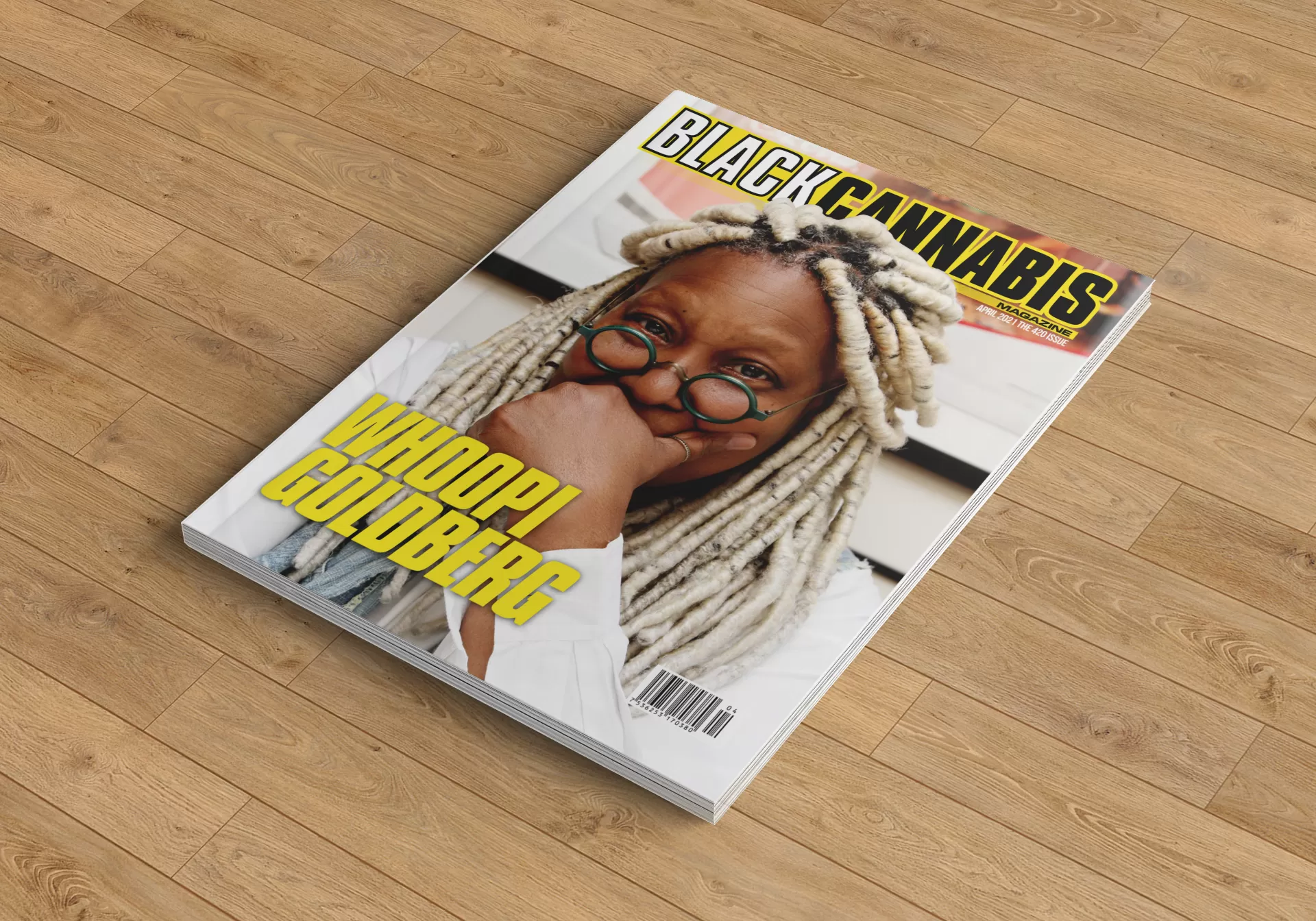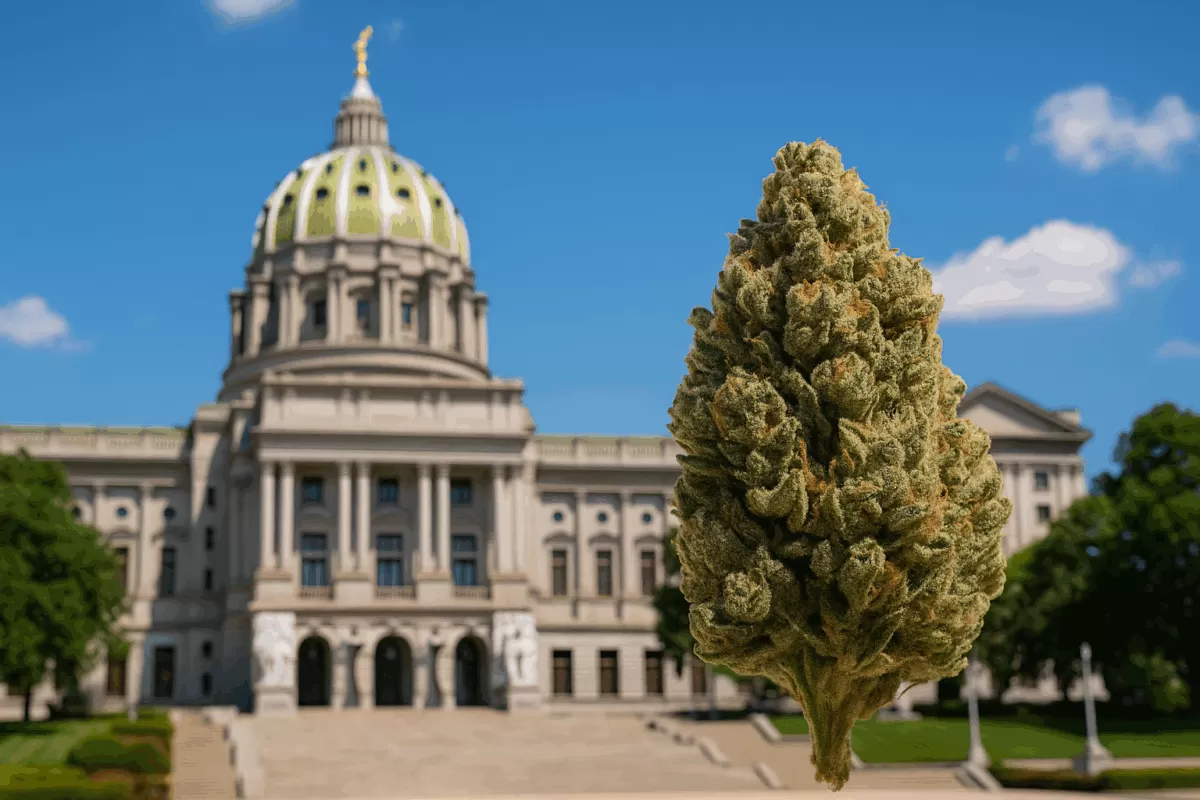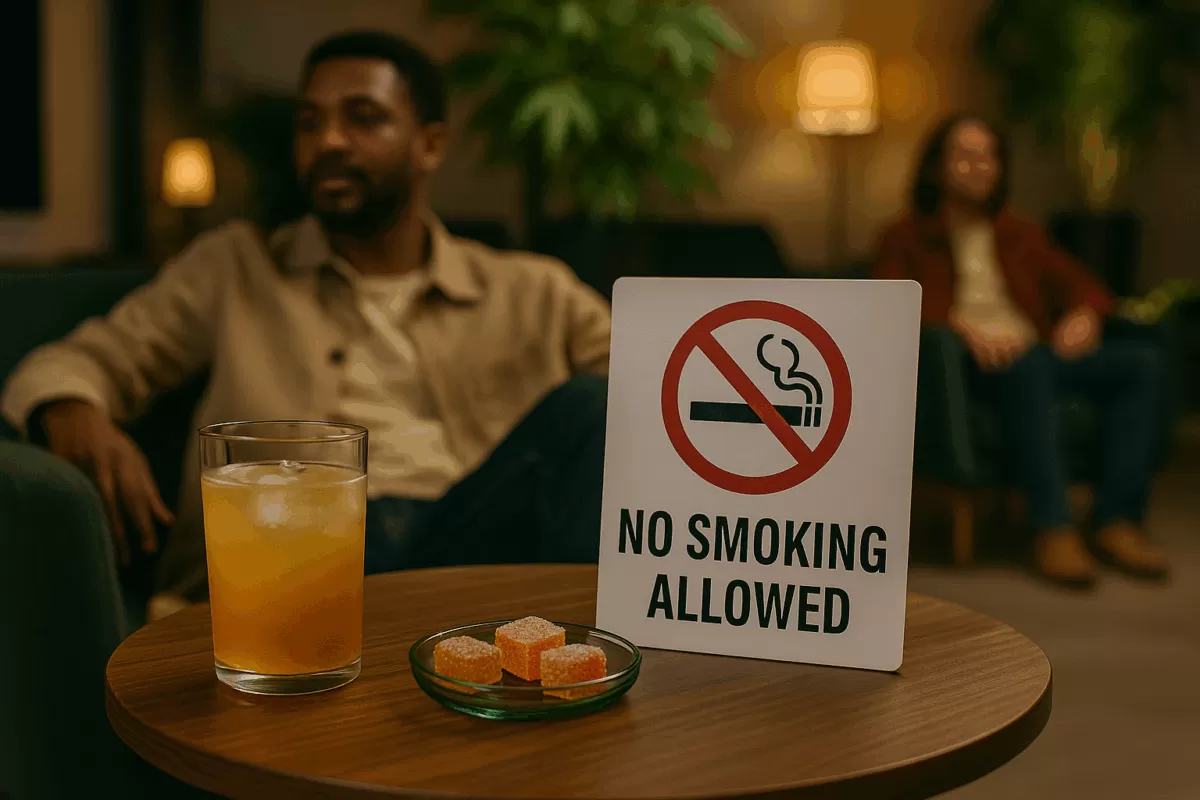Introduction
On December 15th, 1992, Dr. Dre’s debut album, The Chronic, was released.
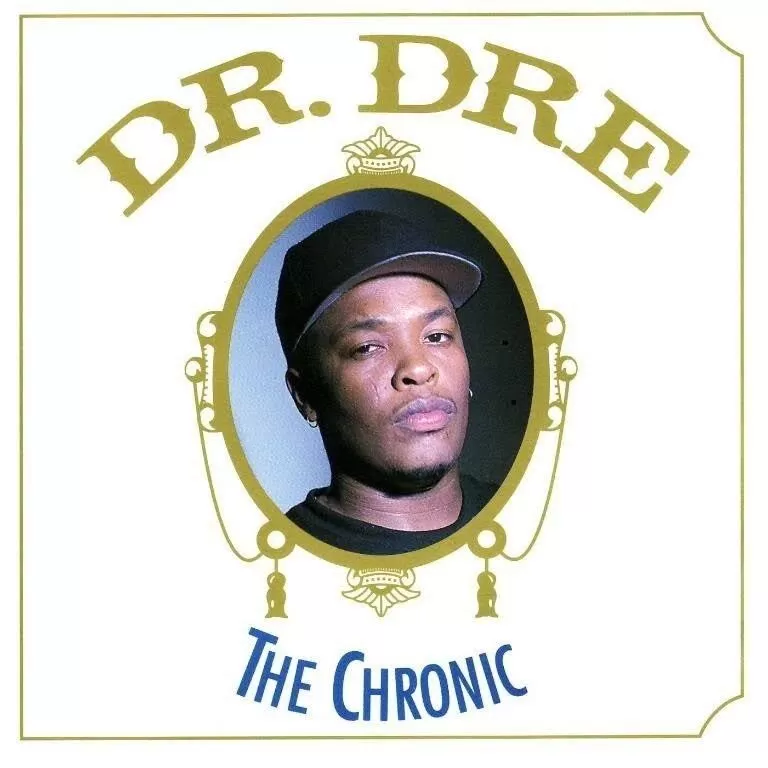
From unprecedented instrumentation to raw lyrics of life in South Central Los Angeles, it is a seminal album that’s sold over 6 million records to date. From struggling to get signed to being archived in the Library of Congress — The Chronic re-shaped rap and cannabis culture from the ground up.
Read along as we dive into the history of The Chronic and how its lyrics have echoed across time and how it continues to be one of the most relevant albums in history.
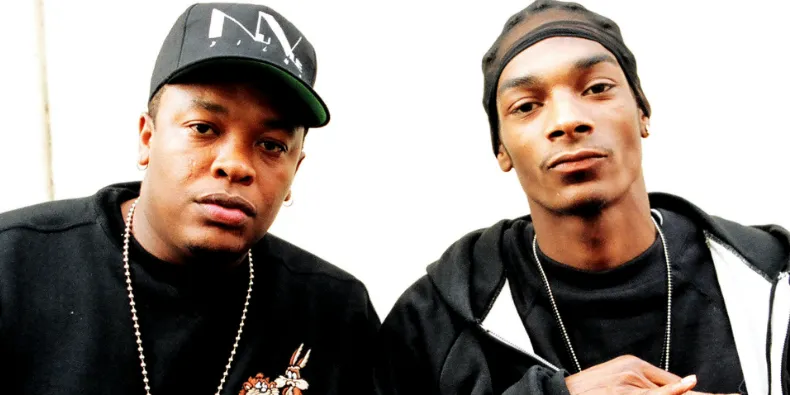
The Chronic: Dre’s Compendium of Life in Los Angeles
When Dr. Dre left NWA to follow his solo career — he struggled to find a record label to sign him.
Although Dr. Dre was a quintessential part of NWA, his determination to harness live instrumentation proved impossible amongst record labels. Instead, Dr. Dre formed Death Row Records in 1991, along with Suge Knight, The D.O.C., and Dick Giffrey.
Once The Chronic was released, the world was exposed to G-Funk hip-hop and a raw glimpse into the daily life in South Central Los Angeles. From extensive cannabis use to racial injustice, Dr. Dre’s The Chronic brought a newfound style that solidified its place in cultural history.
G-Funk, or gangsta funk, stems from the late 1980s in West Coast rap.
Known as a subgenre of gangsta rap, the style is heavily influenced by psychedelic funk and features live instrumentation instead of focusing on samples. From NWA to The D.O.C., G-Funk didn’t hit a mainstream audience until The Chronic was released.
Before The Chronic, G-Funk was considered underground and less desirable than the abrasive beats used in mainstream rap. Suddenly, The Chronic’s heavy groove put listeners in the driver’s seat of Dr. Dre and Snoop Dogg’s 64’ — thus sparking the rise of G-Funk and the careers of many other pivotal artists, such as Nate Dogg.
The Popularization of Cannabis-Laced Hip-Hop
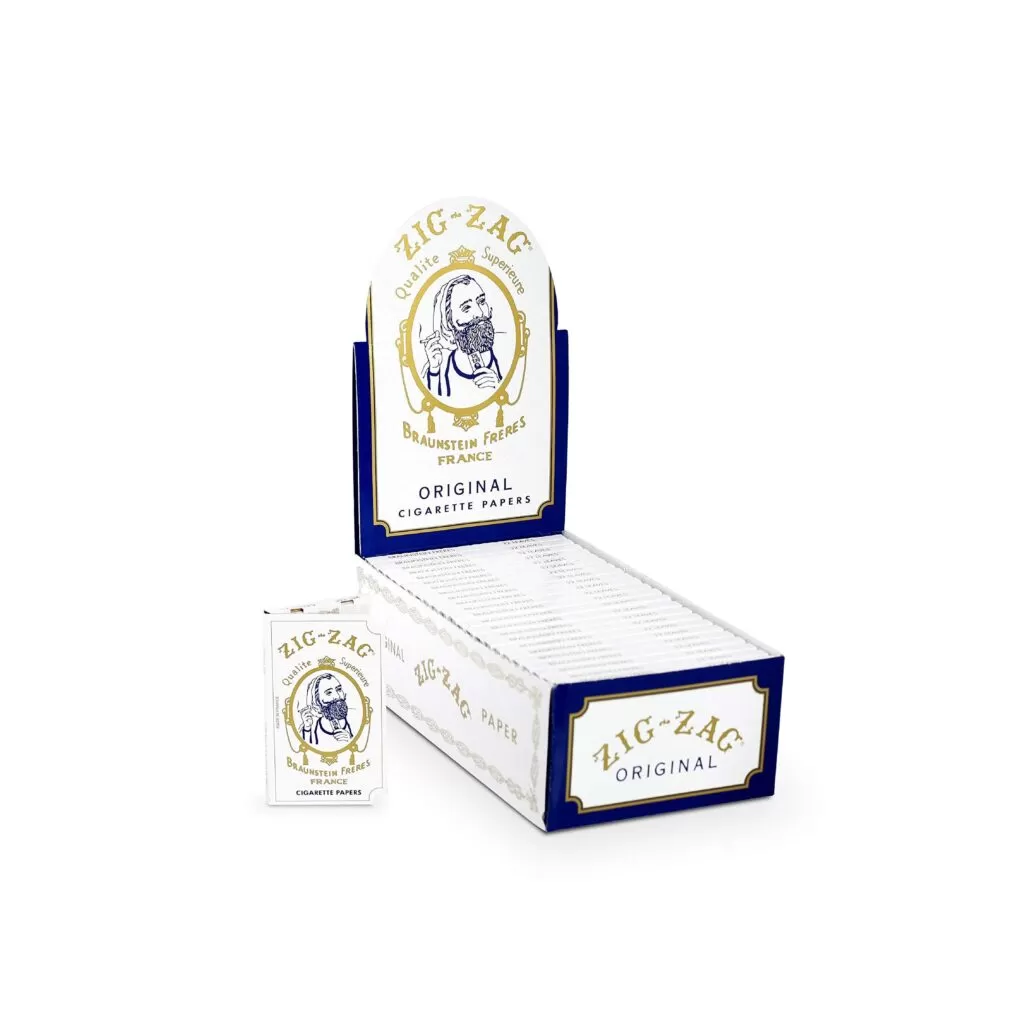
Although it’s not apparent to anyone who’s never rolled a joint — the cover of The Chronic is a hat tip to Zig-Zag rolling papers.
Zig-Zag’s logo is a French soldier holding rolling papers and a hand-rolled cigarette. However, Dre placed his face inside the logo and used this image from the album cover of The Chronic.
Immediately, cannabis users worldwide understood the significance of the album cover and title. However, the cannabis references don’t end there — as multiple tracks discuss high-grade cannabis and puff-puff passing it along.
Weed enthusiasts understood the references — “not no stressand hit this once or twice and you’ll be twice as nice — get it? This is the chronic”.
Reference after reference, listeners no longer wanted no stress, no seeds, no stems, no sticks (also known as brick weed) — they wanted what they were hearing, which was West Coast chronic that Dr. Dre and Snoop Dogg were toking.
A surprising element that doesn’t get much airtime regarding The Chronic is its view on racial injustice.
Multiple real-life recorded samples were used from the Los Angeles Riots and integrated with tracks, such as Lil’ Ghetto Boy and The Day Niggaz Took Over. Although NWA already rapped about police brutality and racism towards African Americans, The Chronic took a philosophical dive into the frustrations of people of color in South Central Los Angeles and beyond.
When gang feuds and cultural differences normally kept African Americans and Latinos apart, Dr. Dre discusses unity in the face of racial injustice.
“They found that they couldn’t handle us
Bloods, Crips on the same squad
With the Ese’s helpin’.”
How The Chronic Changed the Landscape of Hip-Hop Forever
The Chronic jumpstarted multiple careers outside of Dr. Dre, particularly Snoop Dogg.
A cascade of Billboard-topping albums and songs streamed out from Death Row Records, such as Tupac’s All Eyez On Me and Snoop Dogg’s Doggystyle. The defining theme among artists of this genre was cannabis-infused G-Funk which drew a worldwide audience.
One of the most challenging aspects for any artist is staying power. However, Dr. Dre and Snoop Dogg have only gained in popularity since the release of The Chronic.
“Nuthin’ But a G Thang” is a certified West Coast anthem, while “Let Me Ride” is a quintessential track that brings any listener to the gritty streets of Los Angeles. As a new generation of rappers emerged on the scene, most remained humble in the face of Dr. Dre’s legendary debut album.
Artists like Kanye West have claimed to use The Chronic as a benchmark in terms of quality. Although artists are not trying to mimic The Chronic, they are trying to capture the essence that The Chronic produces — a time capsule that offers a diver’s seat view of Los Angeles during the G-Funk era.
The Road From Dime Bags to Legal Cannabis
Cannabis use has been around in the United States for decades.
From hippies in the 1960s to the introduction of medical marijuana in the 1990s, weed has been demonized across multiple generations. Then came hip hop.
Although artists were already rapping about selling drugs before The Chronic — Dr. Dre brought a sense of popularity to the subject of cannabis. Song after song, Dr. Dre’s references weaved cannabis into the genre’s subculture.
Dr. Dre and Snoop Dogg would light up blunts at concerts to a thronging crowd of thousands of fans. Soon, everyone said, “Ooh wee — put it in the air.”
At the same time, cannabis advocacy sky-rocketed as more states in the USA started legalizing medical and recreational cannabis. As the domino pieces began to fall in favor of marijuana legalization, top rap artists rallied around everyone’s favorite herb — the sticky icky.
From Snoop Dogg to Wiz Khalifa, the endless plumes of cannabis smoke were impossible to avoid. Fast forward from the early 90s and 2000s to now, and both Dr. Dre and Snoop Dogg have entered the legal cannabis market.
From Dr. Dre’s Brass Knuckles brand to Snoop’s investment fund Casa Verde, it’s clear that after 30 years, The Chronic realized the dream that transformed dime bags into legal weed.

